Sharon Livermore
Marine conservation: terms & definitions
Marine conservation: terms & definitions
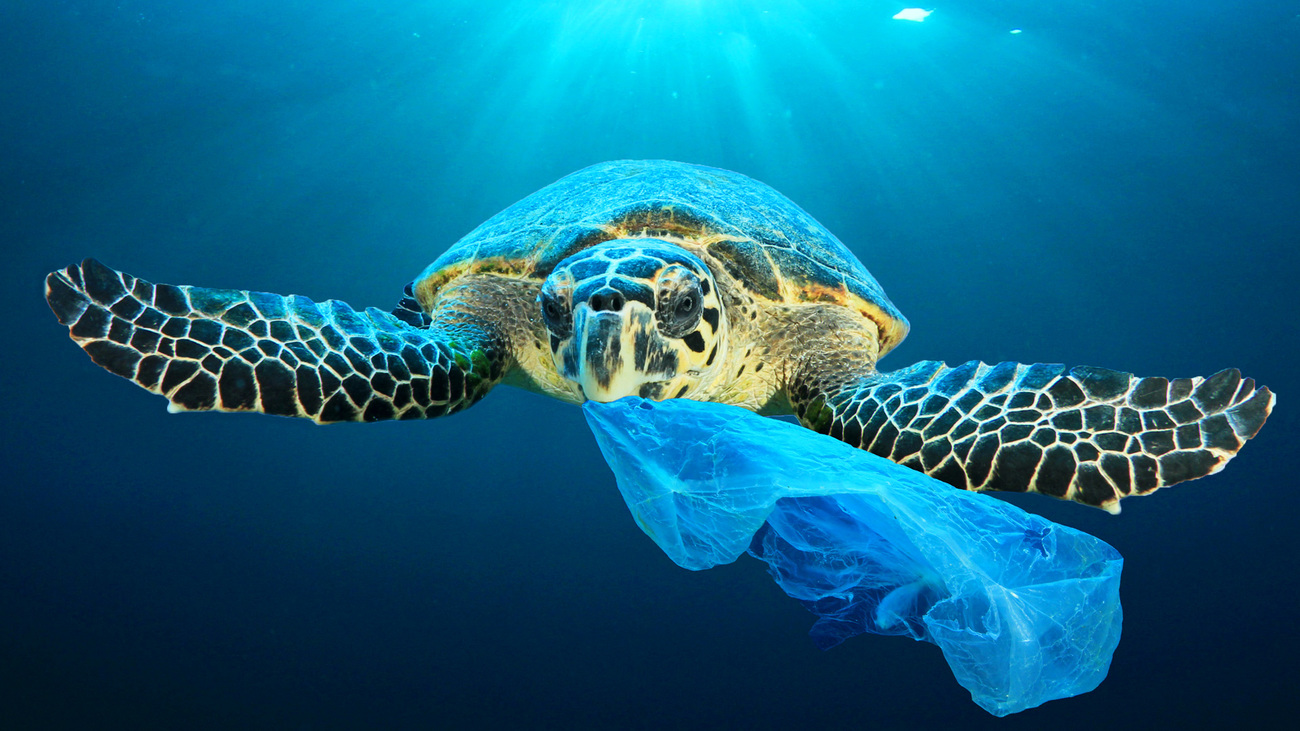
IFAW’s Marine Conservation programme is dedicated to protecting marine life around the world. Here are some of the terms we use when discussing our work and what they mean.
Bycatch
Bycatch is the unintentional catching of non-target species in fishing equipment, including shrimp trawls, gill nets, and longline fish gear. Marine mammals like seals and dolphins are frequent victims of bycatch, as are sea turtles.
Bycatch usually results in a slow death for these animals, but can also cause entanglement, which causes long-term injuries that can prove fatal. IFAW works to reduce the threat of bycatch for marine animals.
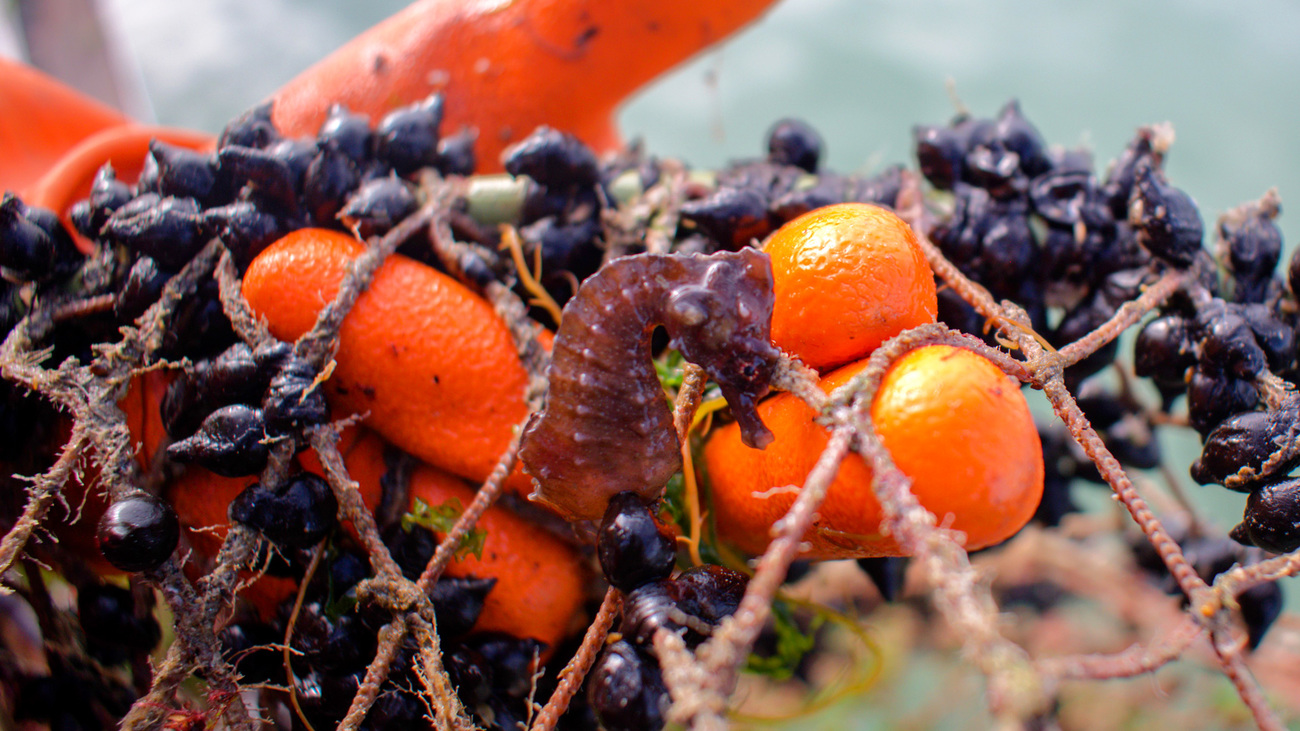
Carbon sequestration
Carbon sequestration refers to the capture and storage of carbon, keeping it out of the atmosphere, which helps to mitigate climate change. Long-lived, large animals and plants also contribute. By protecting whales and large, healthy populations of other marine animals, we promote carbon sequestration. Whale faeces feed phytoplankton, which are tiny, plant-like organisms that capture roughly 37 billion tonnes of CO2 per year—40% of the total CO2 capture on the planet.
Cetaceans
Together, porpoises, dolphins, and whales are called cetaceans. They are members of the infraorder Cetacea, which is a group within the order Artiodactyla. Cetaceans are highly specialised marine mammals, which spend their entire lives in aquatic environments.
Coastal ecosystem
There are many types of coastal ecosystems, including mangroves, marshes, permafrost bluffs, kelp forests, coral reefs, rocky shores, estuaries, and beaches. Coastal ecosystems are saltwater ecosystems, and they provide valuable resources and ecosystem services in addition to serving as a habitat for a variety of fish, reptiles, amphibians, birds, and mammals.
IFAW works to protect coastal ecosystems around the world, such as in North America and Kenya.
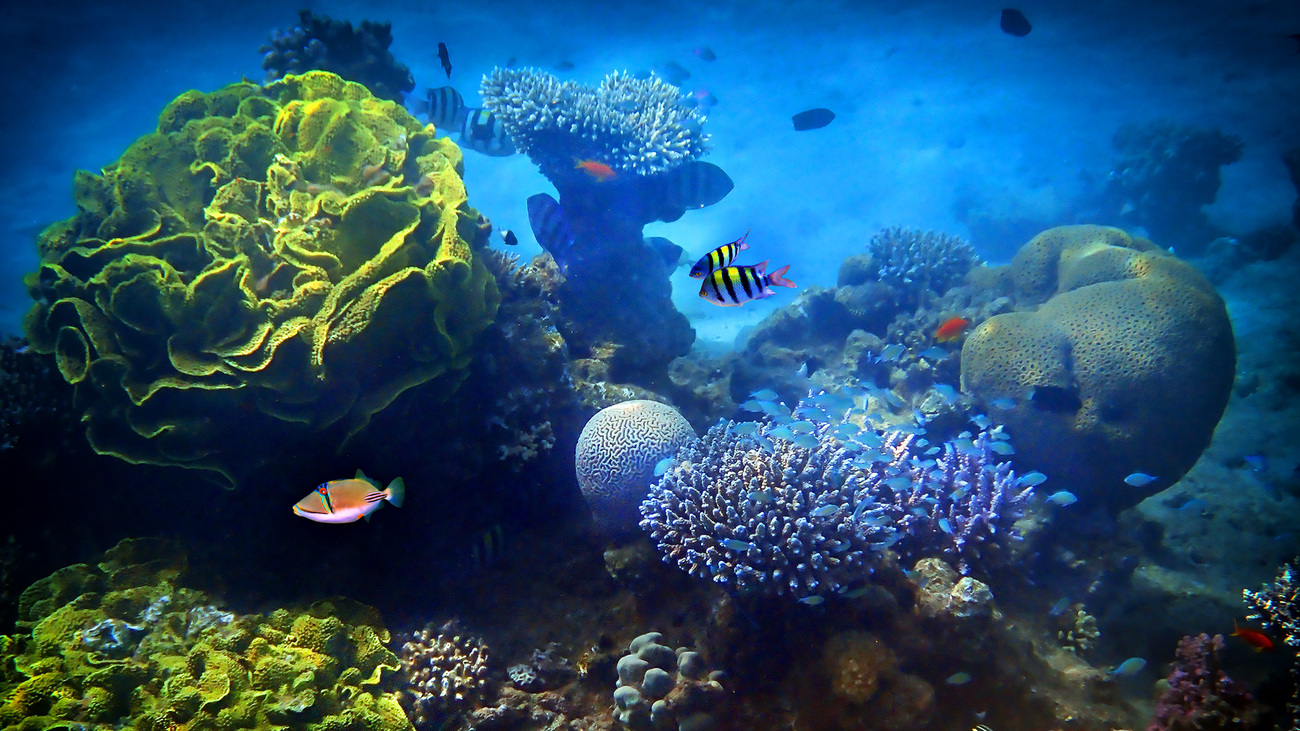
Commercial sealing
Commercial sealing, or seal hunting, is the practice of slaughtering seals to acquire their skins and other parts for commercial sale—despite dwindling demand. Currently, the largest commercial seal hunt takes place in Canada.
IFAW was first founded to fight against Canada’s commercial seal hunt in 1969. Sadly, after the industry had nearly died out, the Canadian government increased the allowable catch to 400,000 seals and introduced subsidies to revive it in the 1990s. Though there is declining demand for seal products, the hunt continues each year.
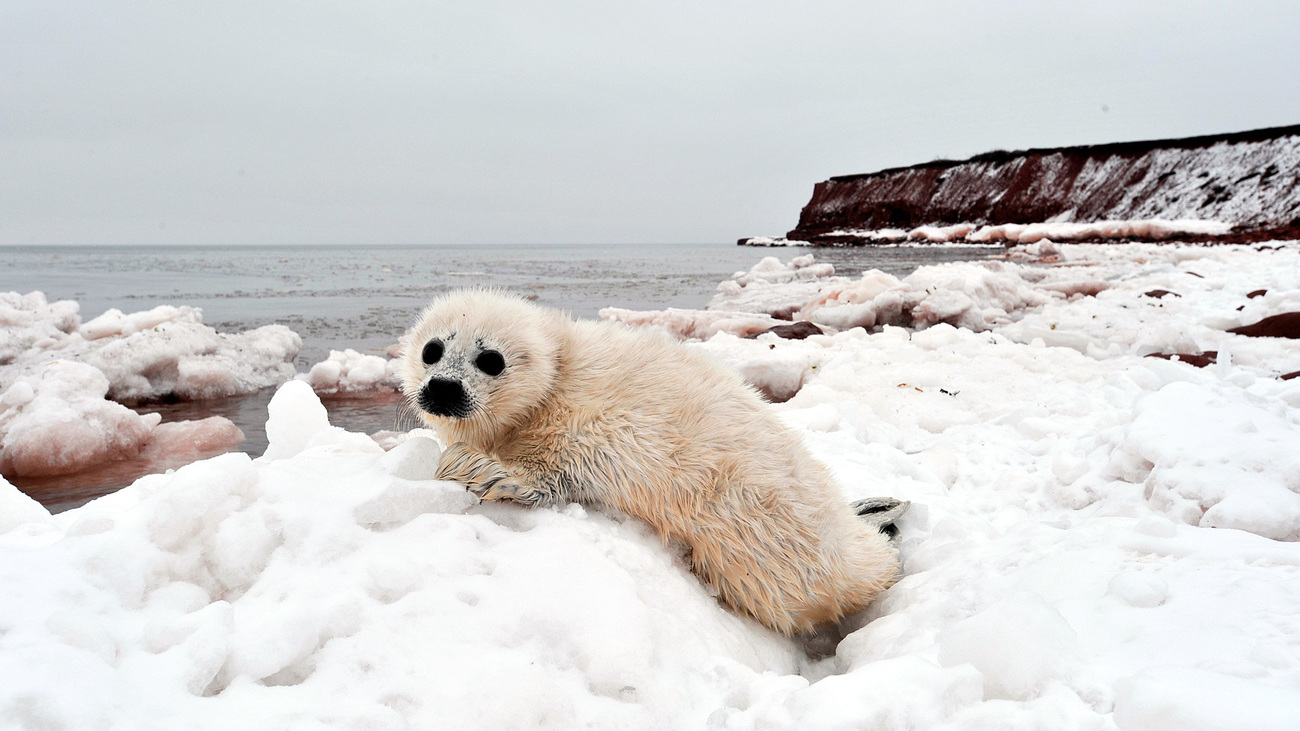
Commercial whaling
Commercial whaling is the slaughter of whales to sell their parts and meat. Though the practice has been banned worldwide since 1986, three countries continue to allow whaling due to legal loopholes. More than 1,000 whales sadly perish each year due to commercial whaling by Iceland, Norway, and Japan.
IFAW works to bring an end to commercial whaling and end the practice worldwide. One way we do so is by promoting whale watching as an economic alternative. Commercial whaling is a cruel practice that often results in prolonged, painful deaths of whales.
Ecotourism
Ecotourism describes tourism that is friendly to wildlife and the environment. It involves sustainable travel practices, visiting conservation areas in responsible ways, and providing benefit to the local people and/or wildlife. Whale watching is one form of ecotourism, and it benefits marine life by providing alternative incomes to extractive resource use, such as whaling or fishing.
Entanglement
Entanglement occurs when a marine animal becomes caught in a fishing line, net, or other pieces of equipment. It’s often the result of encounters with active fishing gear, and it can also occur from discarded ropes and nets—580,600 metric tonnes (640,000 US tons) of which are dumped in the ocean every year.
Entanglement presents a major threat to species like the North Atlantic right whale. Many whale species are vulnerable to being caught in ropes and nets, which can cause severe injuries, starvation, and drowning. It’s very difficult for whales to free themselves of these nets, which can continue to wrap themselves tighter and tighter, cutting into their skin. Many whales will suffer multiple entanglements throughout their lives.

Habitat degradation
Habitat degradation describes the damage experienced over time by a place where wild animals live. Marine habitats experience degradation due to factors like coastal development, ocean acidification, plastic pollution, oil spills, underwater noise, and melting sea ice. Habitat degradation often is rooted in human causes, and it’s one of the most common threats to marine species around the world.
Ingestion
In the context of marine conservation, ingestion describes when an animal eats plastic or other debris that has been discarded in the ocean. Many whales, seabirds, fish, and sea turtles mistake plastic for food and end up ingesting it. When they ingest too much, the plastic fills their stomachs and prevents them from being able to eat normally. This not only causes starvation and malnutrition, but also leads to lacerations, internal injuries, and chemical contamination.
The root cause of ingestion is plastic pollution. At least 12.7 million metric tonnes (14 million US tons) of plastic collects in the ocean every year, which constitutes 80% of all ocean debris. This isn’t just an issue for animals, either—when fish ingest plastic, for example, it threatens the quality of our food sources. It also exacerbates climate change and harms coastal tourism.
International Whaling Commission
The International Whaling Commission (IWC) is the global governing body on whale hunting and whale conservation. It was established in 1946 under the terms of the International Convention for the Regulation of Whaling (ICRW), the goal of which was to conserve declining whale populations. In 1982, the members of the Commission agreed to a global moratorium on whaling. However, three countries today still allow commercial whaling.
Today, thanks to the IWC, many whale populations are recovering to numbers they haven’t seen since commercial whaling first accelerated. However, other populations are still in decline.
IFAW stands in support of the IWC and the global ban on whaling. Whaling is cruel an unnecessary, and there is no humane way to kill a whale.
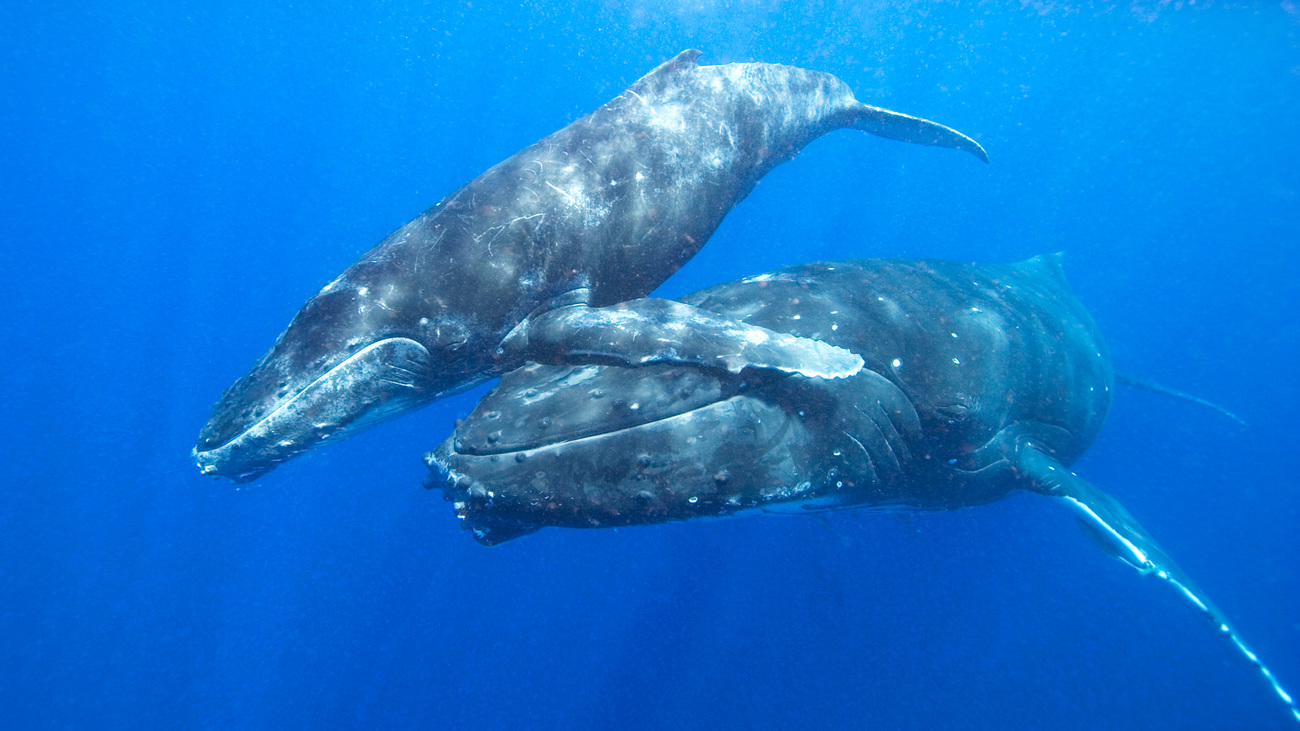
Marine Protected Area
A Marine Protected Area (MPA) is a designated zone given various protections against human activities, with the goal of safeguarding the natural resources and animals that live within its boundaries. There are different types of MPAs, including ‘no-take’ areas, in which fishing and other extractive activities are highly restricted, and ‘multiple use’ areas, which allow for things like fishing, swimming, and industrial use, but still grant other protections.
MPAs are found around the world. The Marine Protection Atlas shows what areas are protected and to what degree. It reports that only 2.9% of the ocean is fully or highly protected from fishing impacts.
Mangroves
Mangroves are trees and shrubs that grow in coastal intertidal zones—the areas in which ocean meets land between high and low tides, in tropical and subtropical ecosystems. A mangrove forest has dense roots, visible above the surface of the water, and their positioning helps support the coastal ecosystem by building up sediment and preventing erosion while also protecting the coastline from the flooding impacts of storm surges.
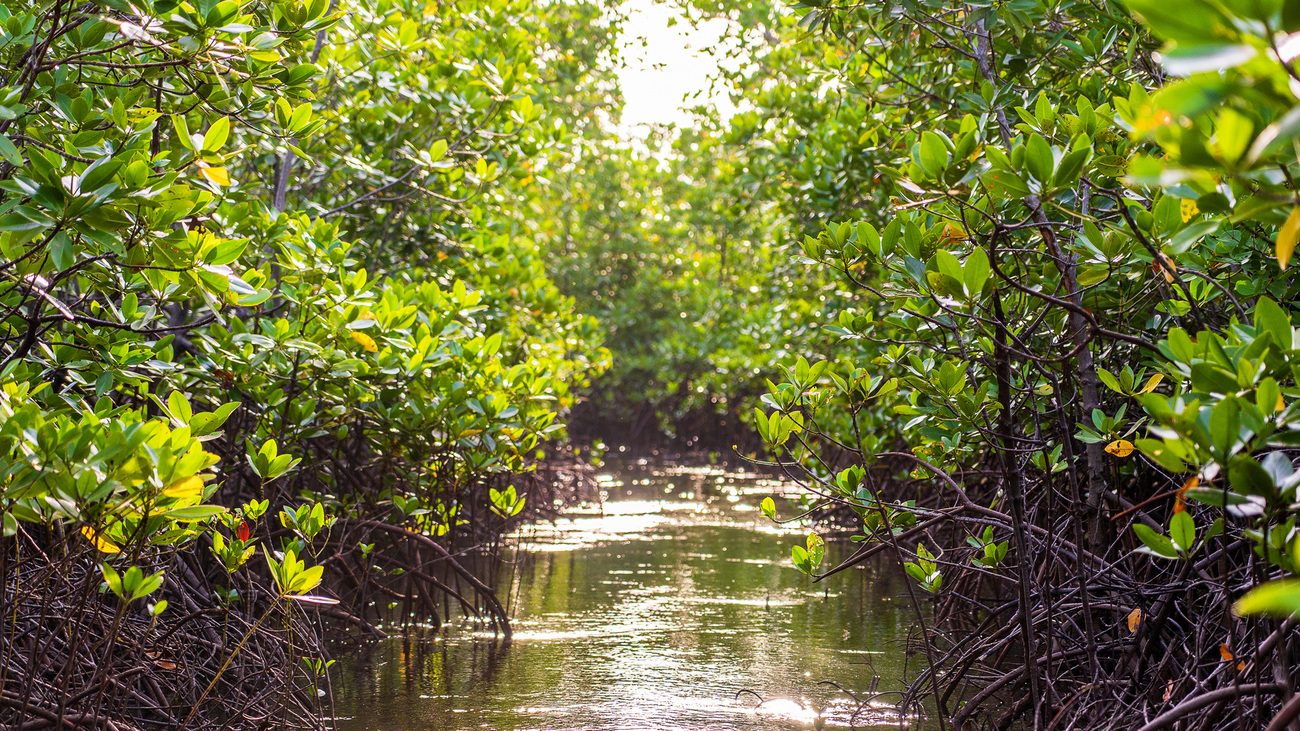
Marine conservation
Marine conservation is the protection and preservation of ocean and marine life. Sadly, the ocean has been severely degraded by human activity, and we have depleted its biodiversity and its natural resources.
It’s especially important to protect and preserve marine life and habitats because of their necessity in our fight against climate change. The carbon stored in the ocean, called blue carbon, is about 50 times greater than the amount in our atmosphere. Huge ocean animals like whales can hold dozens of tonnes of carbon, keeping it out of our atmosphere and thus mitigating the greenhouse effect—which is just one reason why protecting our ocean is so important.
Marine ecosystem
Marine ecosystems are saltwater aquatic ecosystems. This includes the ocean and other bodies of water with high levels of dissolved salt. Types of marine ecosystems include coral reefs, seagrass meadows (where sea turtles and dugongs graze), mangrove forests, kelp forests, estuaries (where rivers meet the ocean), salt marshes, lagoons, intertidal zones (where the land is exposed during low tide, but covered during high tide), the ocean surface, deep ocean, and sea floor.
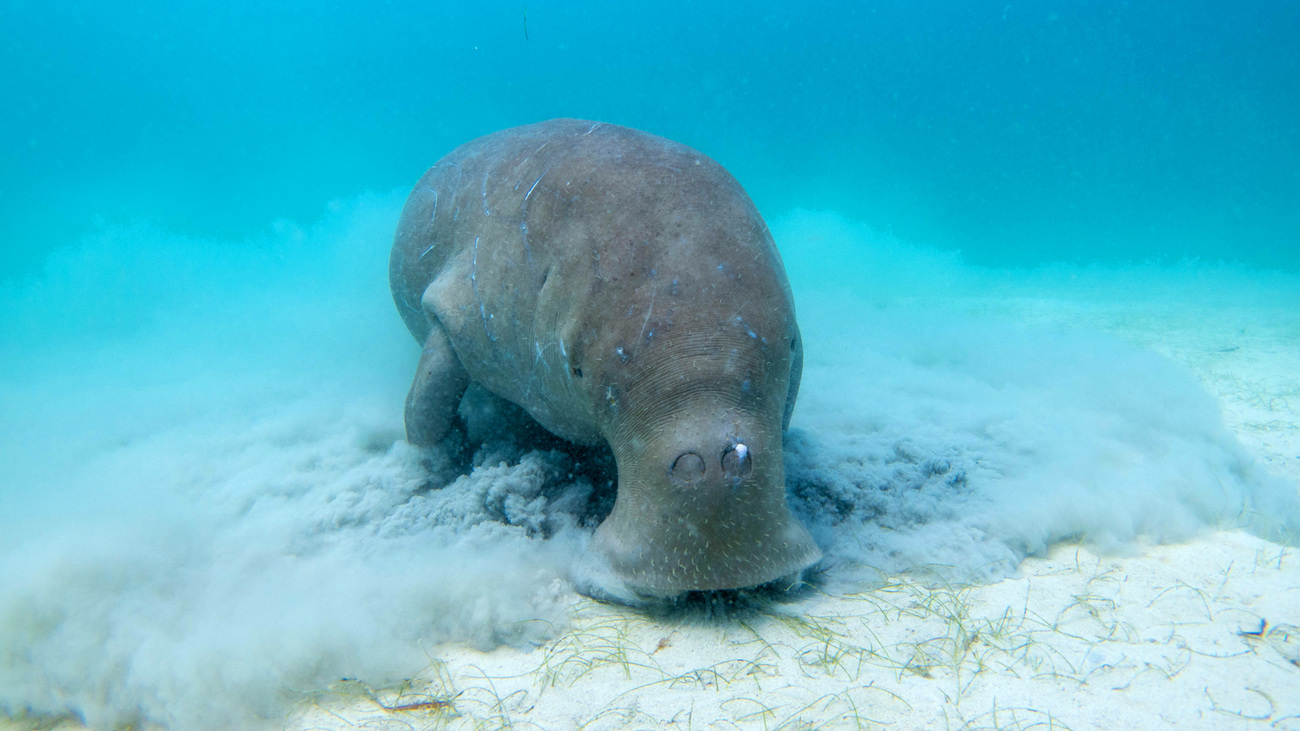
Ocean noise pollution
Ocean noise pollution is an issue affecting myriad marine species, including cetaceans like the North Atlantic right whale. Because whales rely on sound to communicate—sound that can travel hundreds of miles—when excess noise in the ocean is created by activities like shipping, their normal behaviours become interrupted. Ocean noise pollution can affect a whale’s ability to search for prey, find other whales, avoid predators, and migrate.
By decreasing vessel speeds, we can help whales by reducing some of the noise pollution that impacts them.
Phytoplankton
Phytoplankton are tiny, plant-like organisms that photosynthesise, meaning they absorb carbon dioxide from the air and convert it to oxygen. Despite their individual size, as a collective, phytoplankton produce about half of the oxygen we breathe. That makes them incredibly important not only to the planet but also to human and animal life.
The largest animals on Earth, whales, provide these tiny organisms their food source—faecal matter. So, without phytoplankton, we’d lose half of our oxygen, and without whales, we’d lose phytoplankton.
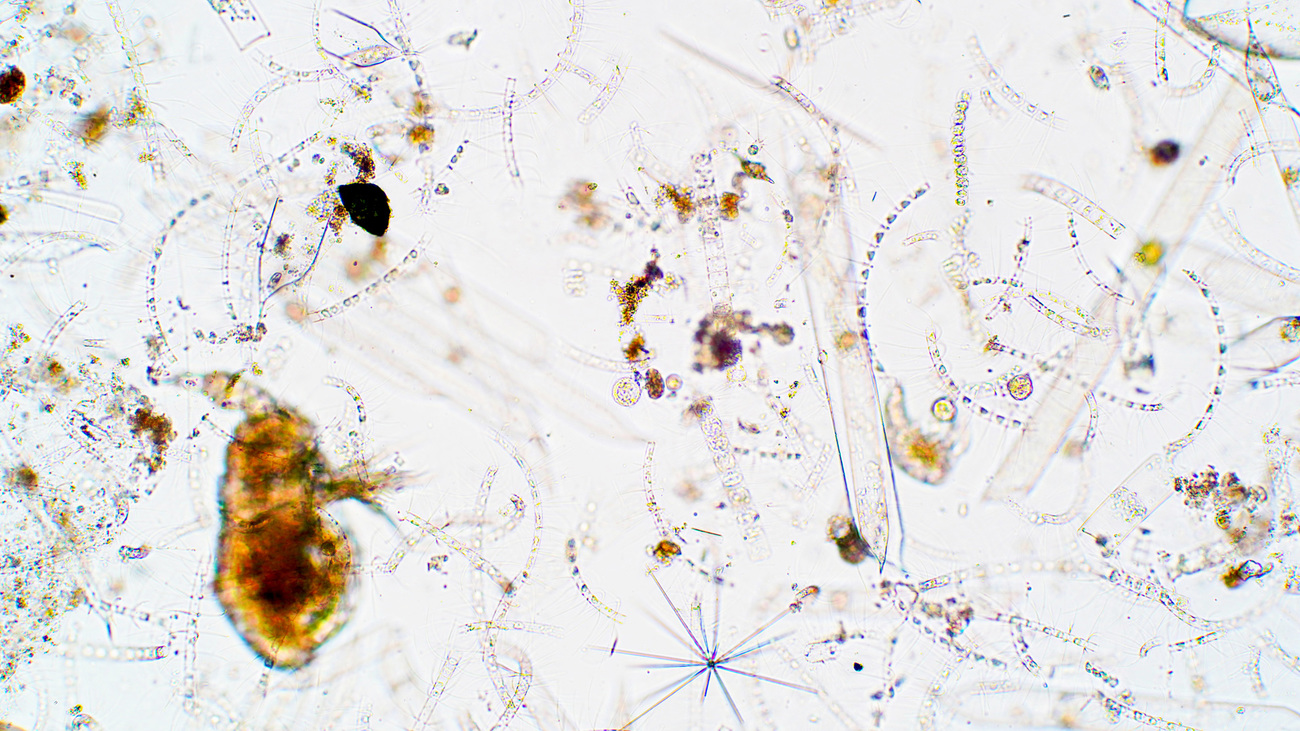
Copepod
A copepod is a type of small crustacean in the class Copepoda. Found in most freshwater and saltwater habitats, copepods are good indicators of an ecosystem’s health. As they drift along ocean currents, scientists can measure the biodiversity—how many copepod species are present—in a plankton sample. This provides information about water in different areas, as copepods travel over long distances.
Pinniped
A pinniped is a type of marine mammal. Seals, sea lions, and walruses are all pinnipeds. They are all carnivorous and, unlike whales and dolphins, have some ability to move on land and ice. All pinnipeds have some type of fur, and many have thick layers of blubber. Seals are sadly threatened by hunting, including in Canada.
Stranding
A stranding occurs when an animal such as a dolphin becomes stuck on a beach and unable to return to the water, or when an animal is found dead in the water. The definition is a bit different depending on the type of animal. Cetaceans are considered stranded if they are found dead either in the water or on the beach, or if they are alive and stuck on the beach. Pinnipeds are considered stranded if they are found dead or require veterinary care, either on land or in water. Sea turtles are considered stranded if they’re found dead, injured, or showing any signs of illness or abnormal behaviour.
IFAW’s Marine Mammal Rescue team is dedicated to responding to these types of events.
Vessel strikes
Vessel strikes, also called ship strikes, are collisions between any type of boat—from small fishing boats to large shipping vessels—and any marine animal. Frequent victims of vessel strikes include North Atlantic right whales, blue whales, bowhead whales, dugongs, fin whales, leatherback turtles, and whale sharks.
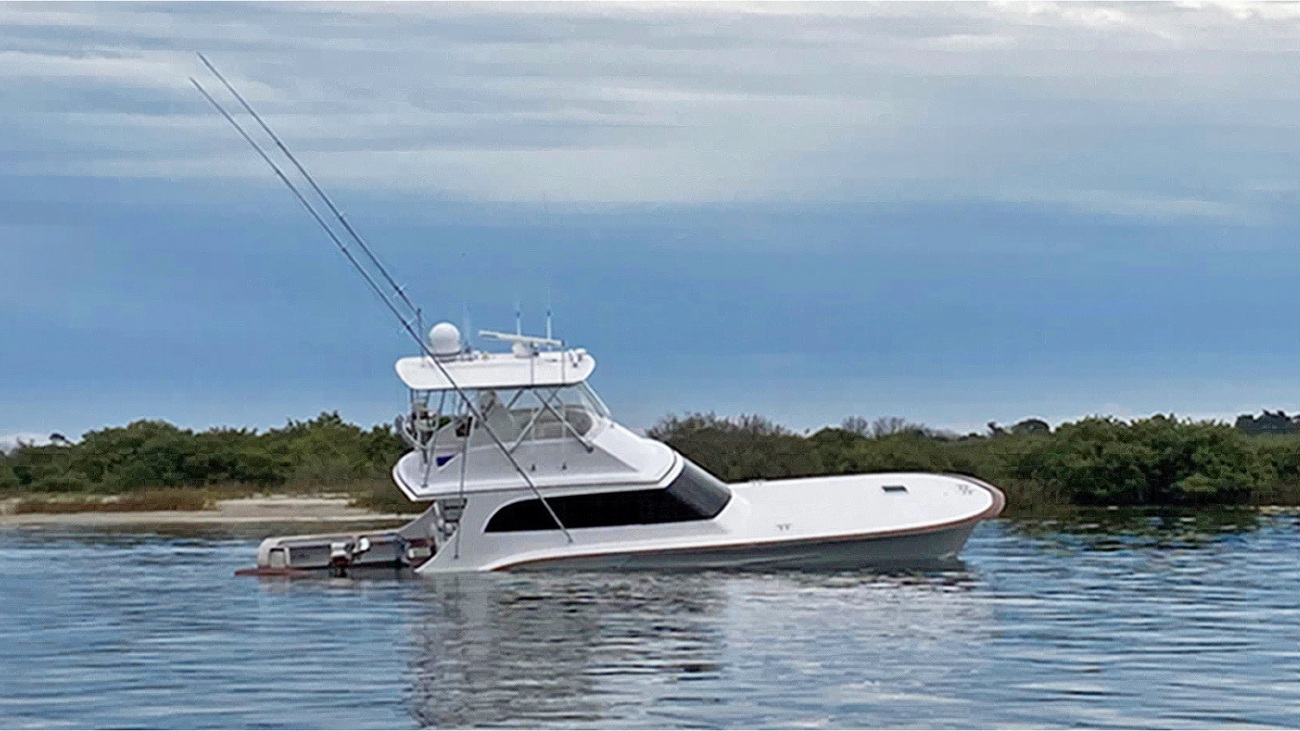
On-demand or ropeless gear
On-demand fishing gear, also called ropeless fishing gear, is a new type of lobster and crab trap equipment which does not use a permanent line that runs from the bottom of the ocean to the surface. The new technology has been developed to prevent whales from becoming entangled in the line attached to the traps. It will also allow more areas to remain open for fishing during whale migration periods, as the traps will pose far less danger to them—it has benefits for both whales and the fishers who will use it.
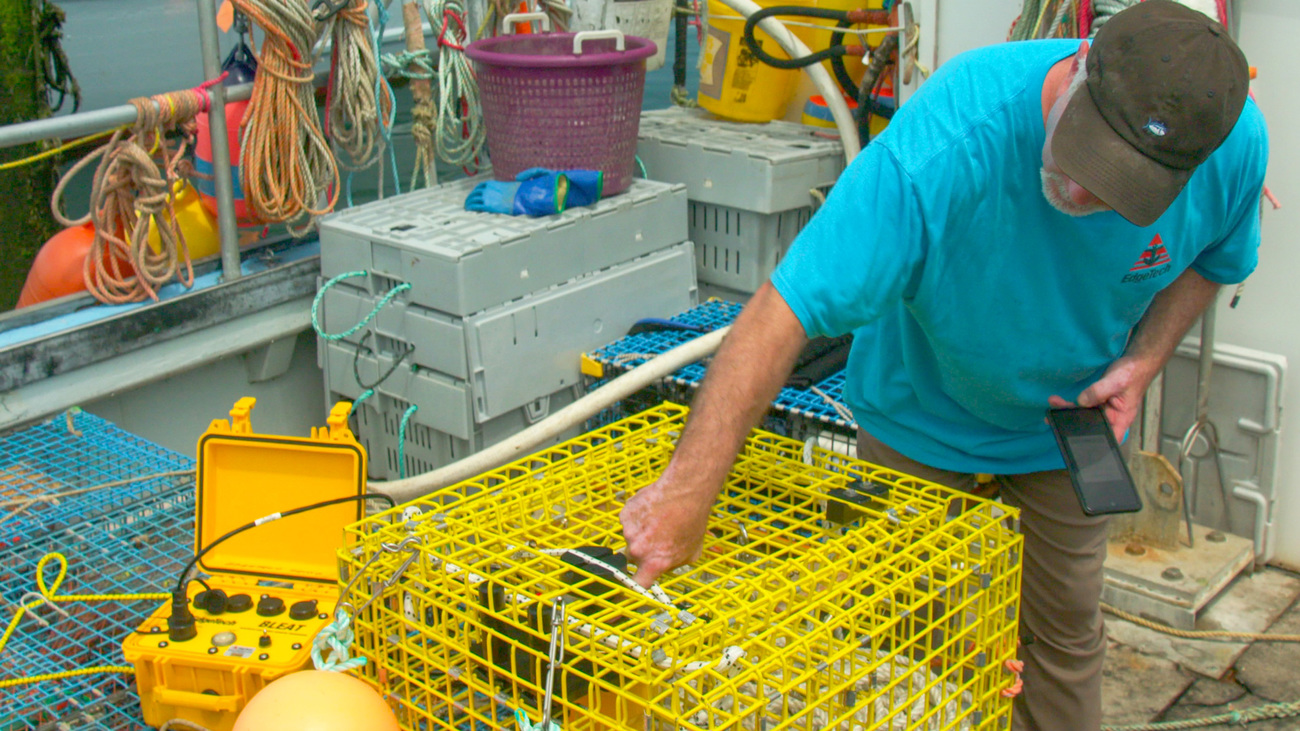
Fishery closure area
A fishery closure area is a part of the ocean that becomes restricted, either restricting the catch of certain species or the use of certain fishing gear. To find more information about when and where fishery closure areas are located in the US, visit NOAA.
Related content
Our work can’t get done without you. Please give what you can to help animals thrive.